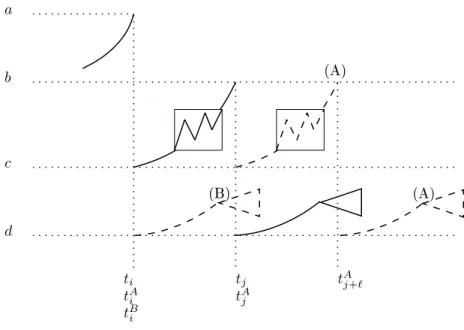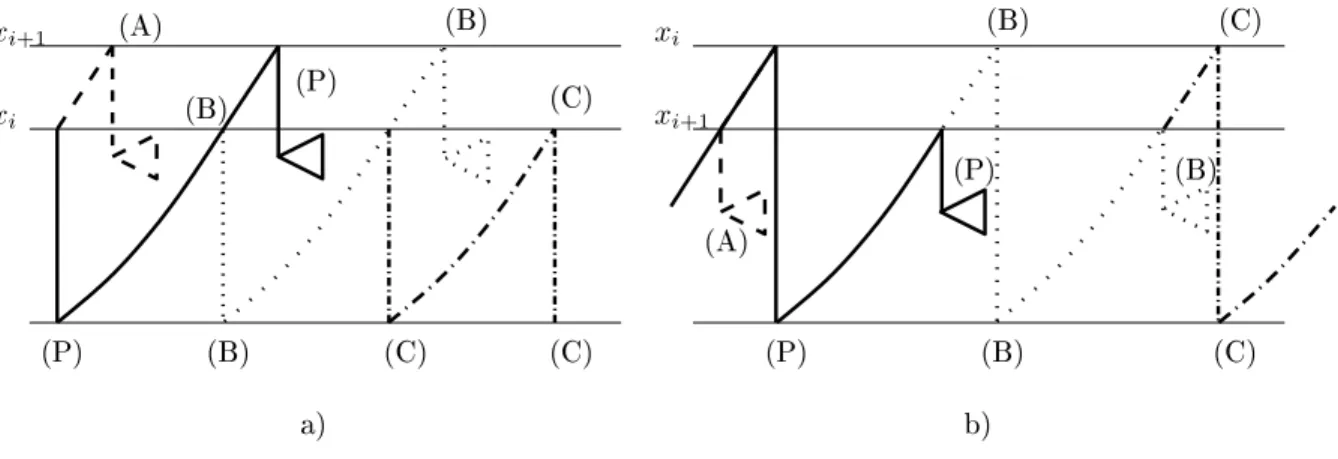The renewable resource management nexus: impulse versus continuous harvesting policies
Texte intégral
Figure



Documents relatifs
The proposal considers two solution methods that are detailed as follows: The direct method uses a time discretization to transform the continuous optimal control problem into
Entre 20 et 40 ans, les travailleurs qui occupent à un moment donné un temps partiel sont signifi cativement plus souvent des femmes, des personnes nées étrangères et des
Djonin, “Structured threshold policies for dynamic sensor scheduling - a partially observed markov decision process approach,” IEEE Transactions on Signal Procesing, vol.
Optimal Renewable Resource Harvesting model using price and biomass stochastic variations: A Utility Based Approach... Optimal Renewable Resource Harvesting model using price
The paper also adopts a dy- namic programming solution approach to determine the value function while at the same time exhibiting ǫ-optimal harvesting policies since, as in the
V ´erifier qu’avec un sch´ema centr´e d’ordre deux , on ob tient un sy st`eme lin´eaire `a r´esoudre avec la mˆeme matrice K h (`a un coeffi cient multiplicatif pr`es) mais avec
We dene an impulse ontrol framework whih an generate both ylial.. solutions and steady
Christian L. It applies successfully on timescales and length scales that differ several orders of magnitude: to chemical reactions, breaking of chemical bonds, unfolding of